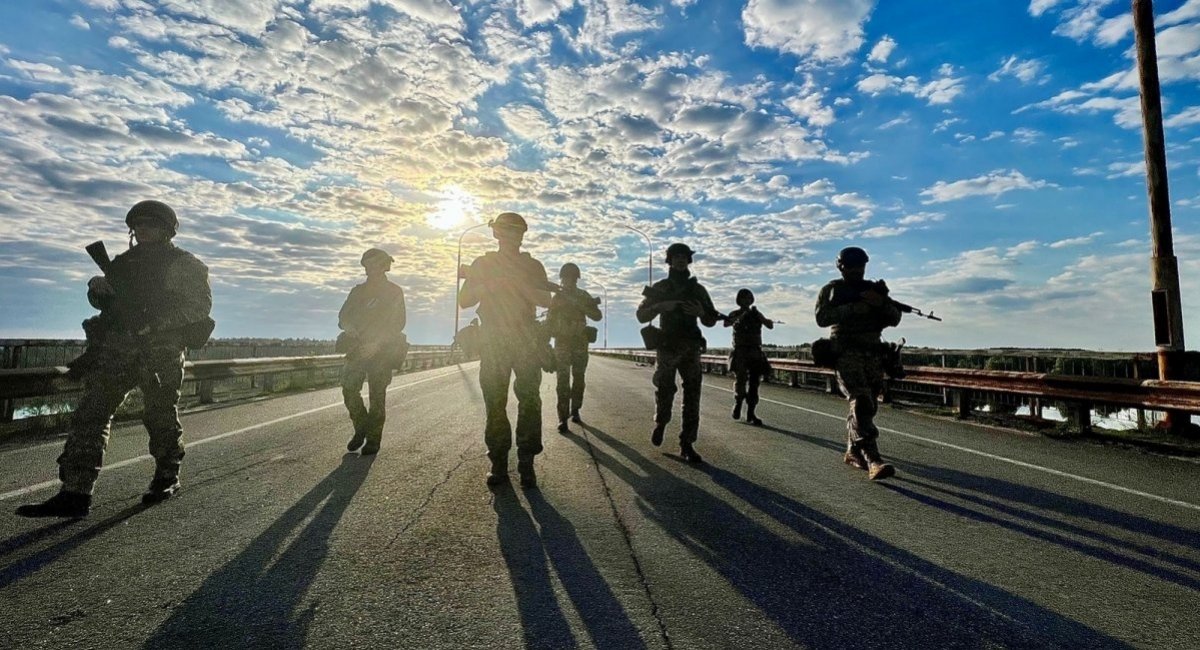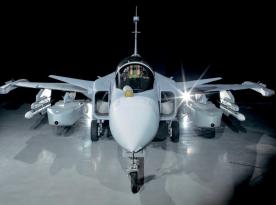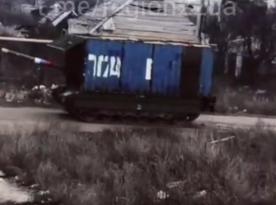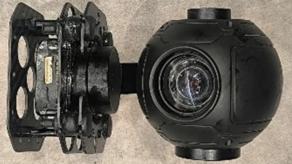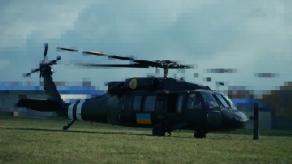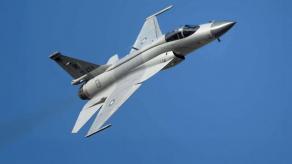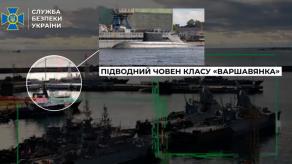The offensive operation by the Ukrainian Armed Forces, unofficially known as the Kursk Breakthrough, has shifted the paradigm of the war between Ukraine and russia. After the widely announced effort to launch a counteroffensive in 2023, when the risk of this war transitioning to a positional warfare stalemate, Ukraine started a new operation that proves: large-scale campaigns are still possible, and they can be successful.
Contrary to the mentioned events of 2023, this time all is done in a total media blackout on Ukraine's side. It was only a few days ago when officials recognized the military activity in the Kursk Region of russia. At the time, Ukrainian forces were already in control of over a thousand square kilometers of russian soil, as reported by Oleksandr Syrskyi, Commander-in-Chief of the Ukrainian Armed Forces (UAF). By now, Ukrainian forces control over 1,150 sq. km and 82 settlements.
Read more: Ukrainian Air Force Unveils Footage of Bridge Destruction in Kursk Region
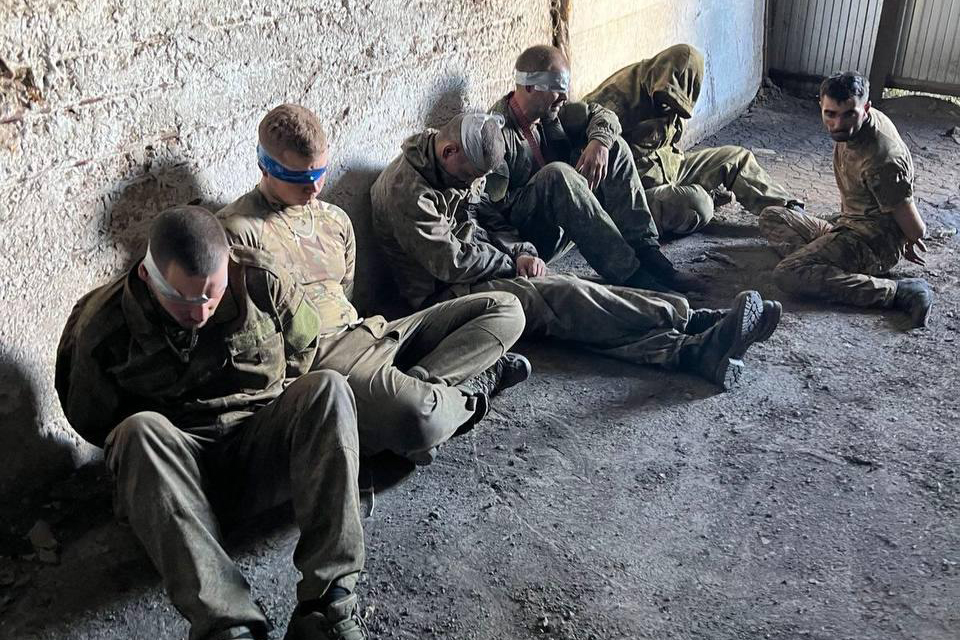
The silent mode of operations has borne fruit: the Ukrainian strike took the russians by surprise, as especially evident by hundreds of russian military servicemen taken prisoner, including conscripted young people and guardsmen from Ramzan Kadyrov's special units. The russian effort to stabilize the situation by redeploying some of the forces led to increased losses on their side. Particularly illustrative here is the episode when a russian column was attacked near Oktyabrskoye on the night of August 9 when about a dozen vehicles and reportedly 490 personnel were destroyed before they even reached the frontline positions.
Here's my tweet from last night, when news emerged of #Ukraine's attack on #Russia equipment in #Oktyabrskoe, near #Rylsk.Now we have video of the moment the standing convoy, thought to be reinforcements, was blasted.https://t.co/LT6ipE43iF pic.twitter.com/FByjDYZgR4— Tim White (@TWMCLtd) August 9, 2024
No less significant are russian casualties in rotorcraft aviation which had to assume the role of rapid response forces. Coincidentally, it happened at the same time with Ukraine starting to introduce anti-aircraft FPV drones. Although the effectiveness of this type of weapon against helicopters remains controversial, even minor damage has proven to be capable of putting enemy units out of order and therefore give more room for movement to the Ukrainian forces on the ground.
The hostilities in Kursk Region reveal stark contrast between the tactics employed by Ukrainian and russian troops on the offensive. As fighting in Ukraine showcased, the russians rely on the "wall of fire," where artillery and aviation level the battlefield with heavy bombardment to pave the way for the infantry for the next couple of meters. Another infamous practice are the "cannon fodder assaults" performed by infantry without cover by armored vehicles. Meanwhile, the Ukrainian forces move quickly, supported by armor, artillery fire, and mobile air defense.
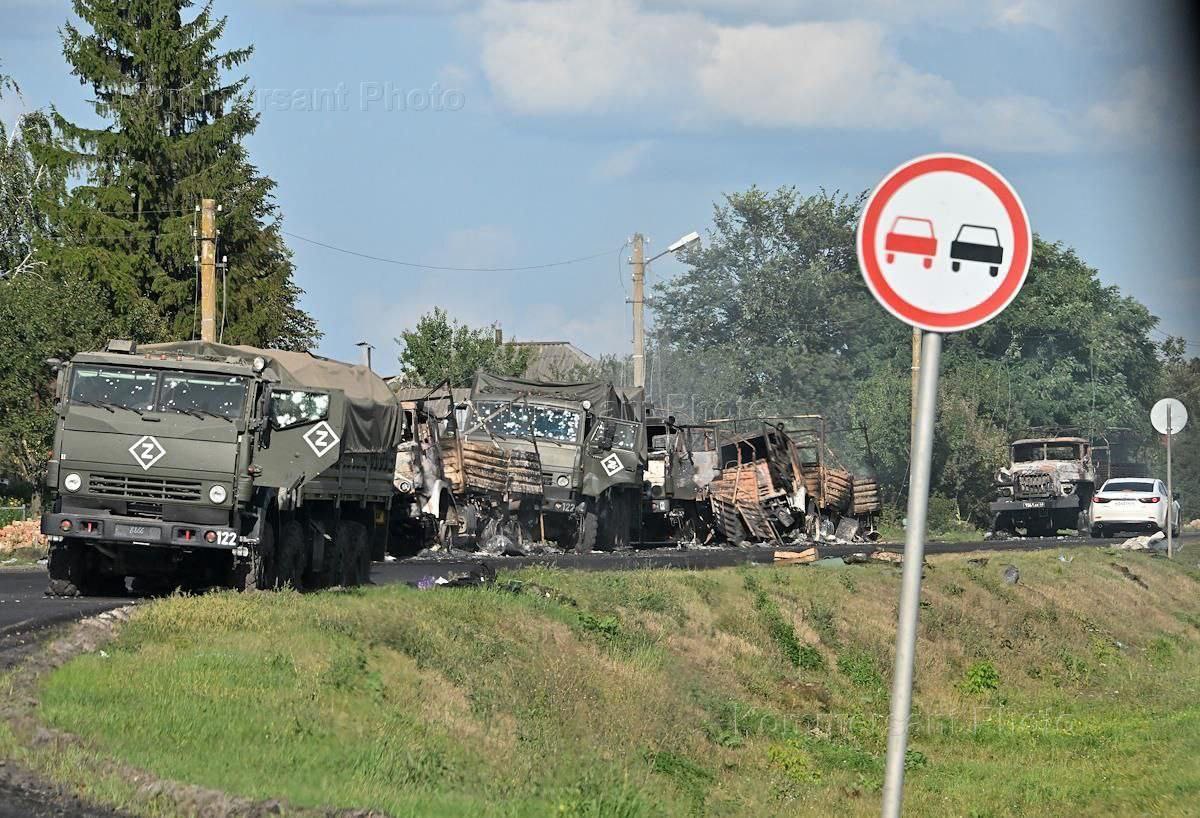
At this point, one might argue that this contrast is attributed to the very character of this campaign and the banal shortage of resources. For one thing, Ukraine is still forbidden to use long-range armament elsewhere but against the vague "anywhere that russian forces are coming across the border," as outlined by U.S. National Security Advisor Jake Sullivan. However, in this context, the support of Ukraine's actions in the Kursk Region from the international community is pivotal, for better or worse.
Currently, key allies in NATO publicly declare approval of this operation. The Pentagon doesn't view the events in Kursk as escalation of conflict. Ukraine's incursion into Kursk is "consistent with our policy," Deputy Press Secretary Sabrina Singh said during a briefing at the U.S. Department of Defense.
"We're going to continue to support Ukraine with the capabilities and the systems that they need. We don't feel like this is escalatory in any way. Ukraine is doing what it needs to do to be successful on the battlefield," she added on the topic.
Apart from diplomatic ones, the operations carried out by the UAF in Kursk have direct practical consequences. The United States is already considering the provision of JASSM long-range cruise missiles to complement the arsenal of Ukrainian F-16s after seeing the initial success of this offensive. Additionally, the U.S. allocated a new $125 mln military aid package including 10,000 urgently needed RAAM scatterable mines.
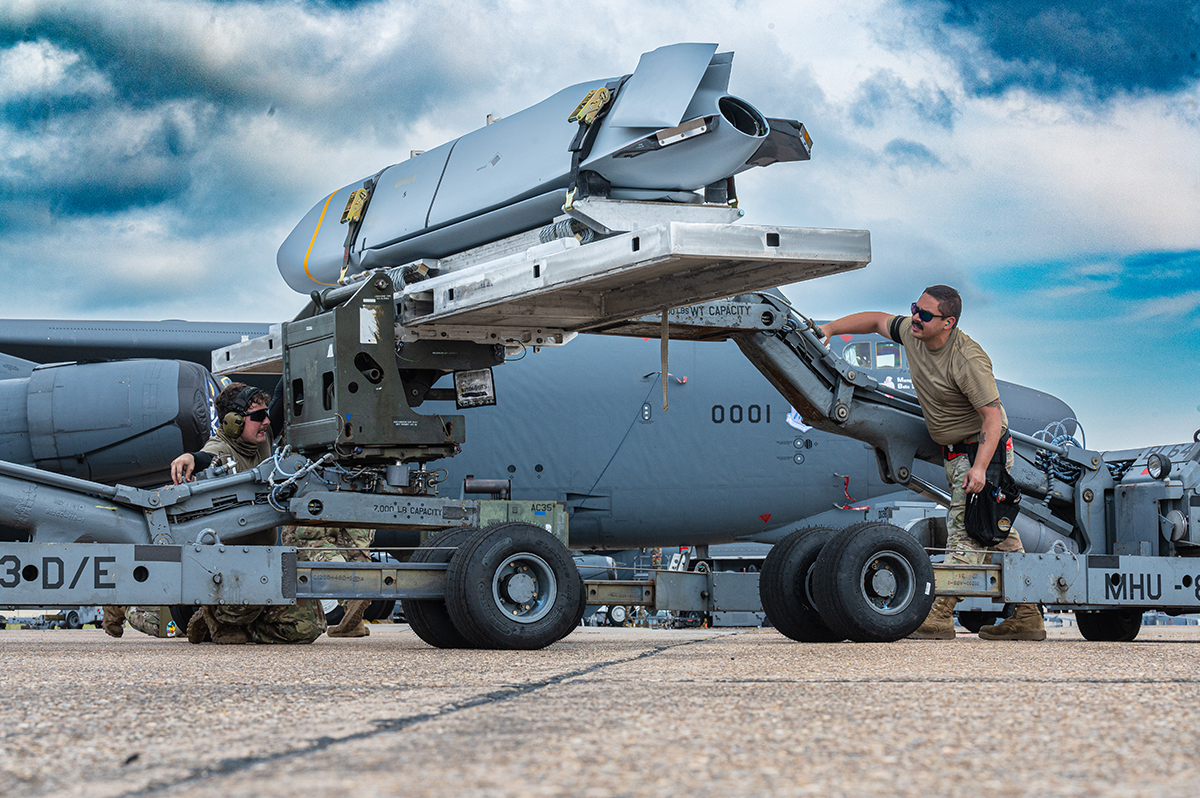
Moreover, watching the russian forces withdraw from the neighboring russian enclave to reinforce the forces defending Kursk, the Minister of Defense of Lithuania, Laurynas Kasčiūnas, labeled it a "de-militarization" of Kaliningrad:
"I say to the Lithuanian people: look at how Ukrainians are fighting for you because due to their struggle, they [the russians – ed.] need to withdraw their troops from Kaliningrad. We even call it the ‘demilitarization’ of Kaliningrad, which is happening thanks to the bravery of your military, thanks to your decisions,” the Lithuanian official said at a meeting with Ukrainian President Zelenskyi in Kyiv, as quoted by the Ukrainian World Congress website.

The importance of such conclusions should not be underestimated because at the moment, NATO countries are scrutinizing all the events, the Kremlin's reaction, and the battlefield. Western analysts have been warning for a while that a direct war with russia can break out within 2 to 3 years, and that the defense-industrial complex, especially in Europe, is not ready yet to meet a capacity that could be called an "industrial parity" with the russian federation as a potential adversary.
In that light, the situation in the Kursk Region has become a clear example of how one can exploit weak points of the russian war machine while sticking to warfare guidelines so familiar to NATO, with an armored blitz and seizure of control over main communications. No less impactful is the fact Ukraine has demonstratively proved itself a good investment in Europe's military capability.
Interestingly, according to Bloomberg's sources, russian top General Staff commander Valery Gerasimov received intelligence warnings of Ukrainian troops gathering near the border with Kursk but dismissed them and didn't report to Putin, only to find himself looking for excuses at an extraordinary meeting of the Security Council of russia a few days after Ukrainian forces began the incursion.
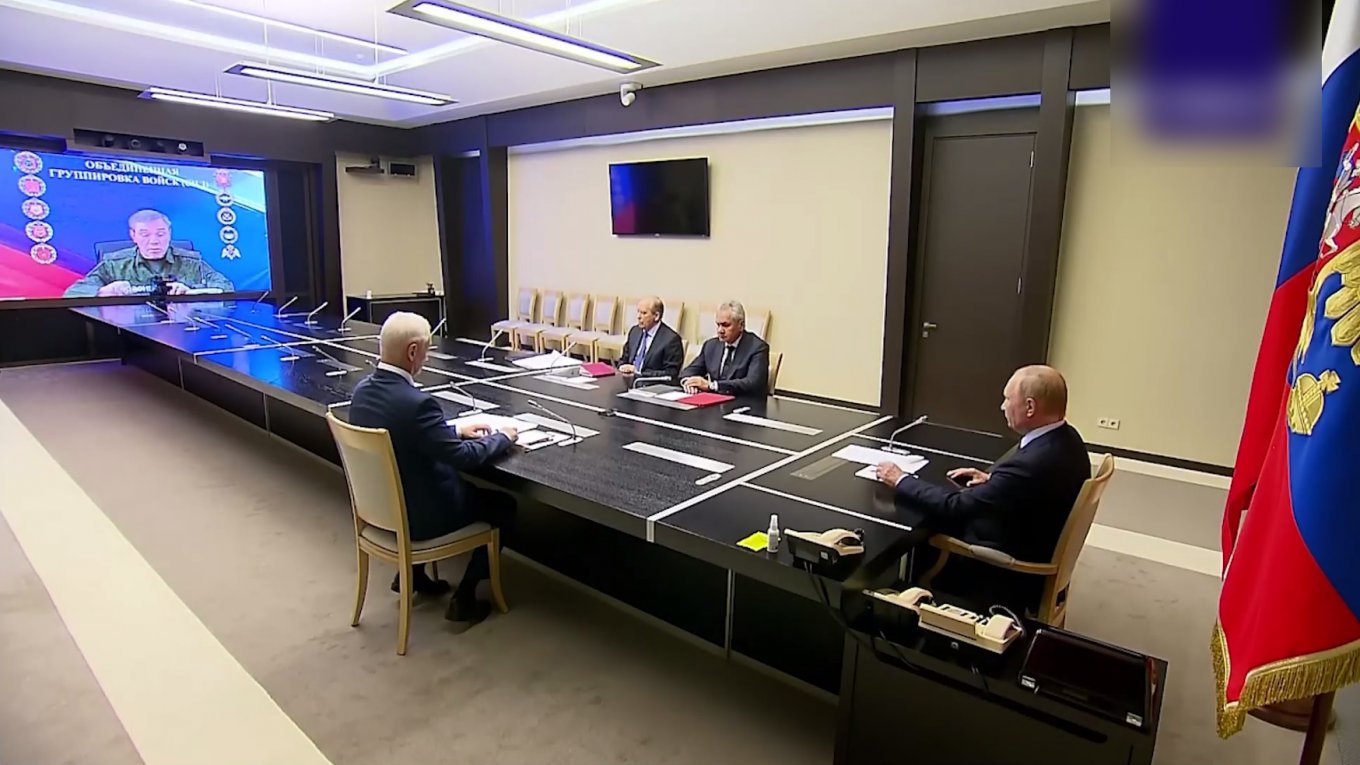
Ukraine will have to continue politically press its allies to lift the restrictions on using foreign weapons against any part of russian territory. This is especially important when it comes to long-range weapons and munitions. Western politicians, in turn, must forget the concept of measuring escalation levels, and Ukraine's incursion into Kursk became a fine stress test in that regard.
Even Germany which was once anxious at the thought of their tanks fighting against russians like during WW2, now openly declares any military equipment becomes the property of Ukraine once it's handed over, so only Ukraine should choose the way to use it, even if it means Leopard tanks rolling through the territory of russia.
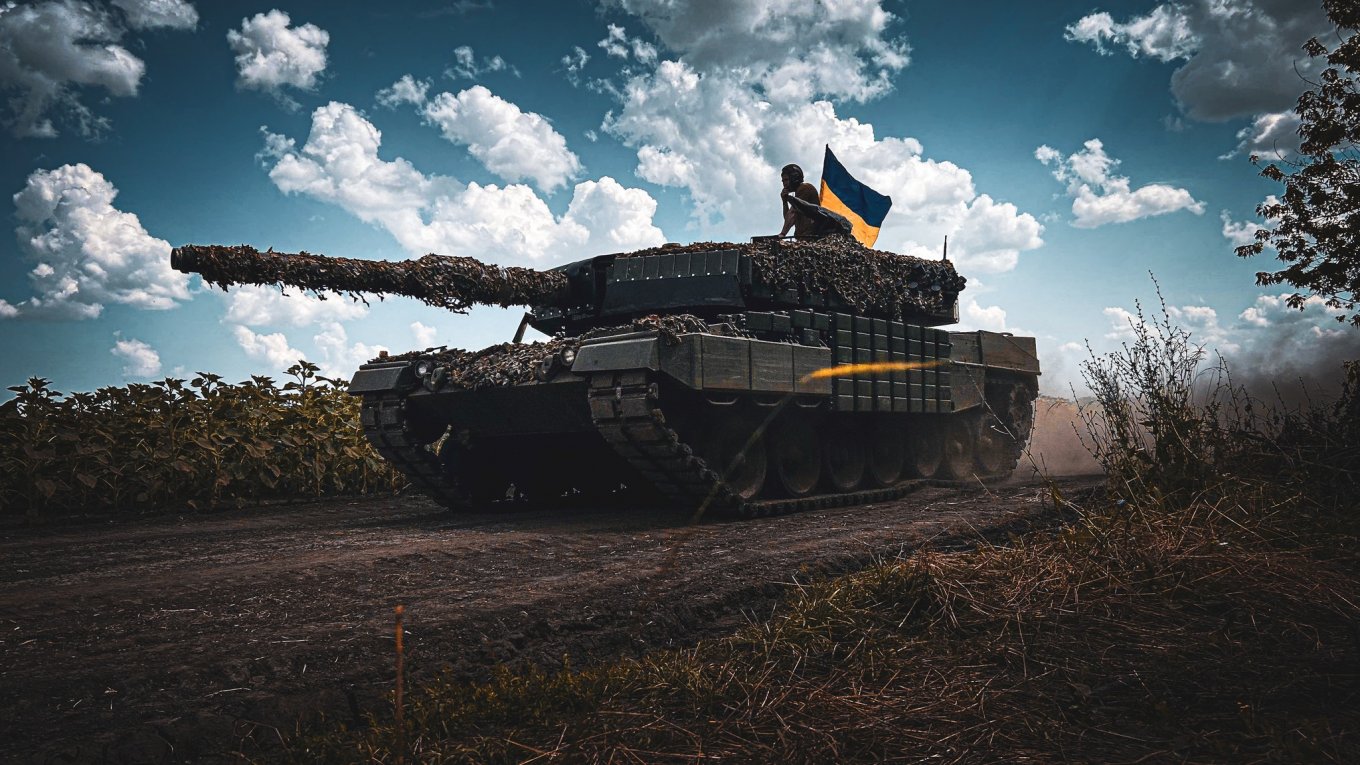
The same must apply to using ATACMS, Storm Shadow/SCALP-EG missiles against the airfields deep in russia that host bomber aircraft involved in systematic shelling of Ukraine.
Read more: russia Builds Trenches Amid Growing Fears of Rapid Ukrainian Advance in Kursk Oblast – ISW



